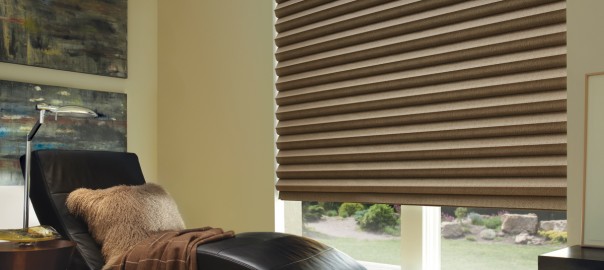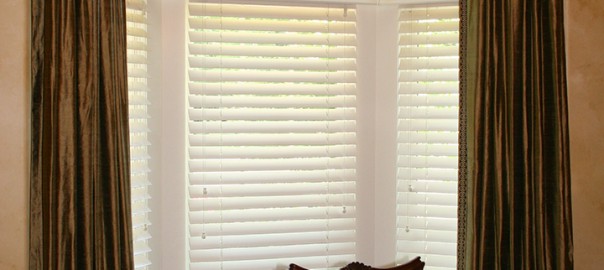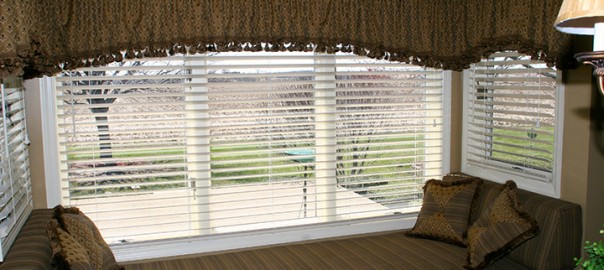If you’re looking to buy new treatments for your home, you could spend a long weekend visiting big-box retailers and sorting through endless choices. Or, you could have a trained member of the Peoria, Illinois Hoffman’s design team visit your house and help you make the best decision.
Over the years, we have learned that customers love having our design consultants come out to visit. Here are three of the most important reasons why:
#1 It Lets us Better Match Your Style
It’s one thing to talk about your style, or even to see a photograph; it’s another thing to actually see a space with your own eyes. By evaluating things like color and decor firsthand, we make it easy for you to get the perfect treatments in the first try.
#2 We Can Find Out About Lighting and Placement
Buying treatments isn’t just about matching colors and fabrics – there are also issues of light, warmth, and insulation to consider. These added factors are much simpler to work with when we can see exactly how new treatments will fit into your home.
#3 It’s Just More Convenient
Would you rather drive to pick up a pizza, or have it delivered straight to your front door? Most of us love the convenience of in-home service, whether it’s to get dinner or receive a bit of expert advice on choosing new treatments.
Looking for expert help in choosing the Peoria, Illinois window treatments? Call Hoffman’s today at 309-688-0523 to schedule an in-home consultation.








